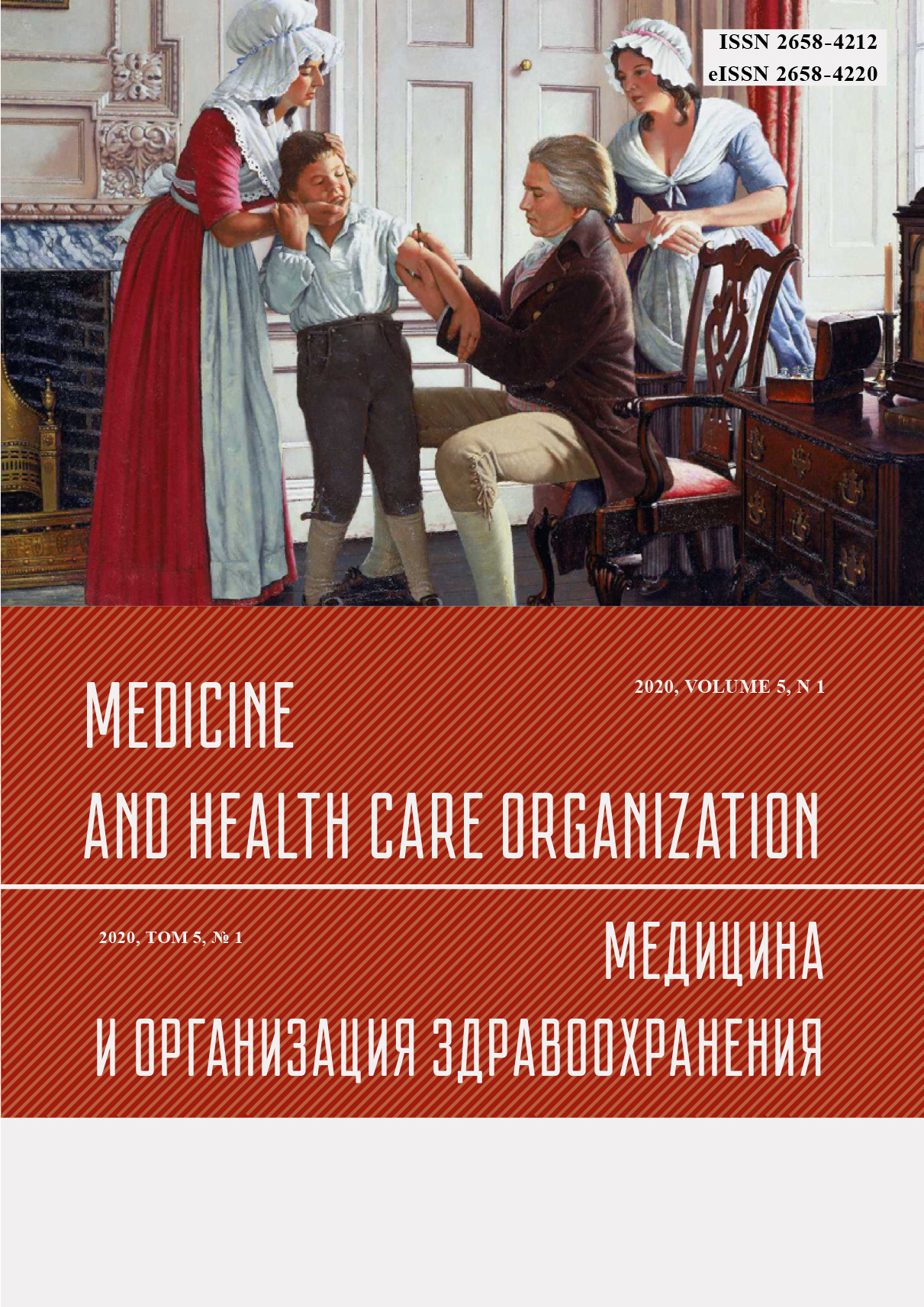DIAGNOSIS OF HIV INFECTION IN A PRIMARY HEALTH CARE SETTING
Abstract
In clause difficulties and untimeliness of HIV diagnosis in primary healthcare setting. When evaluating the route of 81 patients with a newly diagnosed HIV infection it turned out that only 11% of cases were diagnosed with HIV in primary care facilities. Among all cases, 91.4% (n=74) were admitted to the infectious disease hospital by a polyclinic therapist (n=60) and an infectious disease specialist (n=14) referral, and 8.6% (n=7) patients were transported by the emergency medical service. In patients examined by therapist of the clinic (n=60), HIV infection was not suspected in any case. Referral diagnoses were meningoencephalitis of unknown etiology (n=6), viral hepatitis (n=13), SARS, community acquired pneumonia (n=26), acute meningitis (n=5), acute gastroenteritis (n=8), early neurosyphilis (n=1), chronic pyelonephritis (n=1). Based on clinical and epidemiological data, the diagnosis of HIV infection was established in 64% of patients (n=9) by the clinic infectious disease specialist, the remaining 36% (n=5) were sent to the hospital with diagnoses: acute meningitis, meningoencephalitis (n=2) community acquired pneumonia (n=1), SARS (n=1), viral hepatitis (n=1). Patients transported by the emergency medical service (n=7) were admitted with acute meningitis (n=2), SARS, community acquired pneumonia (n=3), acute gastroenteritis (n=2). Thus, at the stage of primary health care, there is a need to expand the indications for testing for HIV infection with improved availability of voluntary testing, including the use of rapid tests and close collaboration of doctors of different specialties for timely diagnosis and successful care of patients



